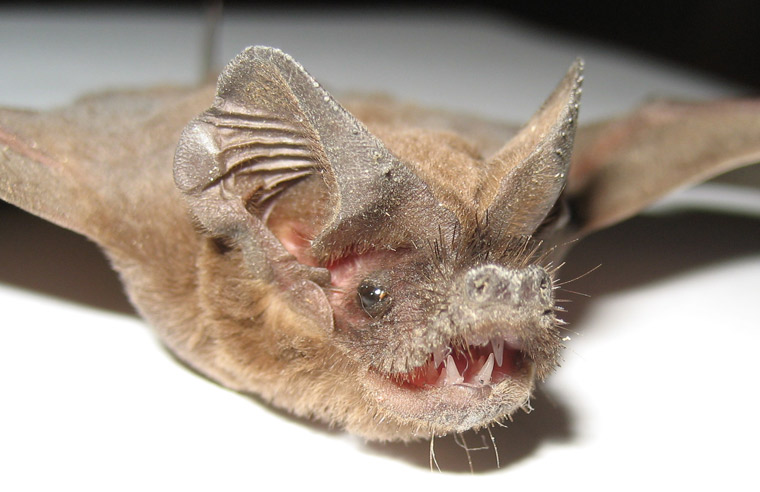-
info@aaanimalcontrol.com
Call us for help in your town
Humane Wildlife Education
Why Do Bats Get White Nose Syndrome?
Need bat removal in your hometown? We service over 500 USA locations! Click here to hire us in your town and check prices - updated for year 2020.
In 2012 it was estimated that somewhere in the region of five to seven million bats died as a result of White Nose Syndrome across the United States. The disease was first noted in 2006, when a photo emerged of bats hanging in a cave in New York, all seemingly suffering with the same or similar symptoms. Sadly, the story doesn’t end there. Fast forward just four years, and the disease had spread to over 29 states of the USA, mostly north-eastern, and also into the most eastern five provinces of Canada too. To say that it has spread fast would be a serious understatement.

Within five years of White Nose Syndrome hitting a bat site, over ninety percent of the colony is expected to have been wiped out, a staggering number when you consider that bats are already protected in most places across the USA. We’re now in 2018, and the number of US states that are home to infected bats has risen from 29 to 33, with sick bats even being found in Texas. By nature, this is a fungus that prefers cold climates, so finding it in warmer areas proved to be quite the surprise.
The fungus that causes White Nose Syndrome (in bats only so far) is called Pseudogymnoascus destructans. The name gives the game away — destructans. It sounds destructive, and it is. The fungal growth leaves white spots on the nose of the bat, just as the name would suggest, but it can also spread to the wings and other areas. In some bats, there was no white fungal growth noted at all, but they were still infected with the fungus and experienced other symptoms of the disease. Bats have also died from White Nose Syndrome without displaying any signs of the white fungal growth at all.
The fungus, being cold-loving, tends to favor hibernating bats, and it causes the host bat to act rather strangely. It will wake them from their hibernation slumbers too early, causing them to fly outside in temperatures that they never would have dreamed of flying in before. You will also likely see bats flying during the day when they have White Nose Syndrome, something else that very rarely happens when the bat is healthy.
At present, there is no treatment or cute for White Nose Syndrome in bats. There is no way to make it better, or to make it go away. It is a disease that will continue to spread and kill bats until we manage to eradicate it entirely.
If you spot bats flying during the day, or have spotted bats flying during the winter months when they should be hibernating, you should give wildlife professionals a call. This is even more so the case if you see bats with that new white fungal growth on their wings, bodies or faces (noses), but just because you don't see signs of this, doesn't mean that the disease isn't present. This is something that can cull an entire colony if it is not taken care of, and although that sounds as if it might solve all your problems, it won’t. You will then have a host of dead bats to deal with, and all the diseases that come hand in hand with that.
For more information, you may want to click on one of these guides that I wrote:
How much does bat removal cost? - get the lowdown on prices.
How to get rid of bats - my main bat removal info guide.
Example bat removal photographs - get do-it-yourself ideas.
Bat job blog - learn from great examples of bat jobs I've done.
how to get bats out of your attic


















